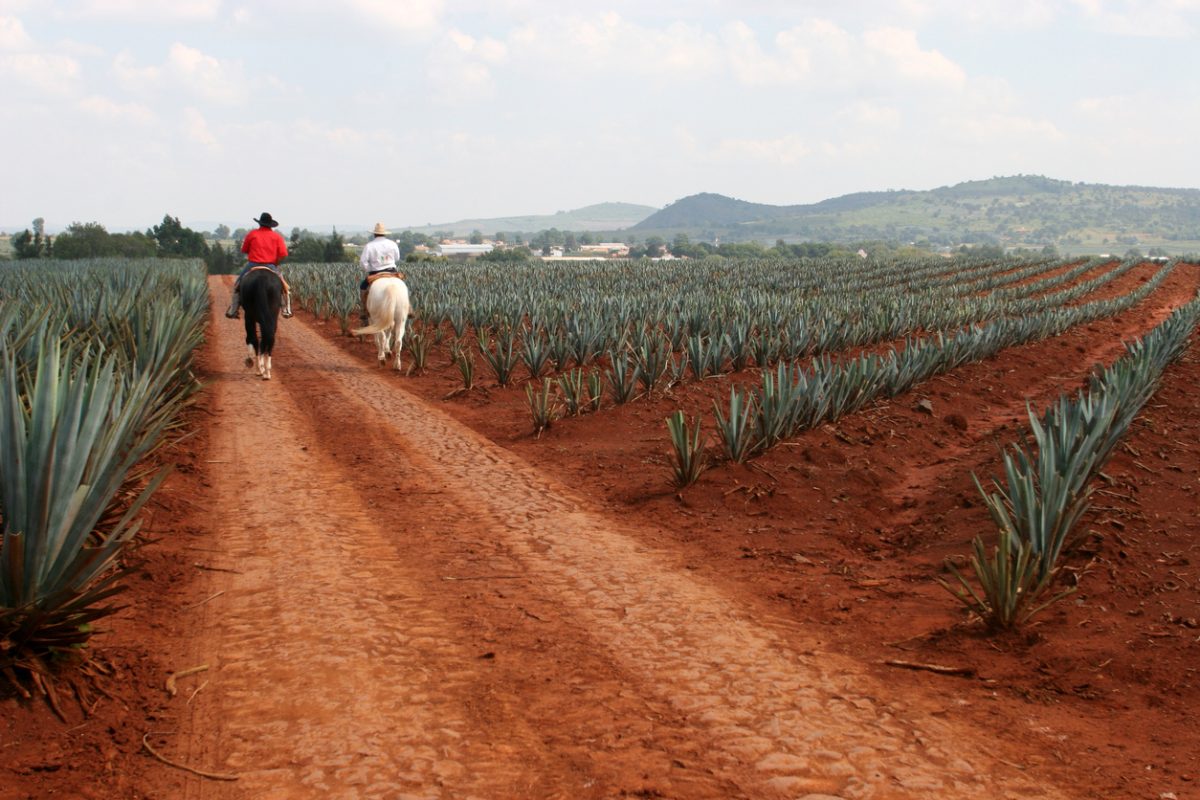Demand for tequila has reached unprecedented levels in recent years, according to drinks market analysts IWSR, leading to fears of an agave shortage in the near future.
Over the past five years, tequila’s popularity has rocketed, commanding a 2.5 per cent volume share of the global spirits market in 2021, up from 1.8 per cent in 2016.
However, the category is facing both internal, and external threats to this success, with shortages of agave in Mexico, increased labour costs and the emergence of agave spirits in other nations, such as Top Shelf International’s Australian Agave Project.
IWSR research director, Luis Hermoso, has highlighted high costs for raw materials, and does not expect this situation to change rapidly.
“Agave prices have remained close to record levels for the past three years, at MX$26-28 per kilogram,” Hermoso said.
“And bear in mind that it takes seven to eight kilograms of agave to make one litre of tequila. Prices will only start moderating when there are signs that tequila is cooling down in the key US market.”
Indeed, consumption of tequila actually over-indexed in 2021, with the IWSR now forecasting tequila volume growth in the US over the next five years at a CAGR of nine per cent, or 13 per cent in value terms.
Even more striking is the predicted growth in the global value of tequila in the same time period, tipped to hit 67 per cent, with super or ultra premium tequila picking up a 55 per cent category value by 2026.
“It is difficult to foresee any decline in demand for agave, or in agave pricing,” Hermoso said.
This said, the potential also remains for the market to collapse at speed.
“If the US market does show signs of cooling down, the possibility of a rapid fall in agave prices can’t be ignored, as panic selling of surplus agave takes place,” Hermoso added.
Another consequence of this above-average demand has been a decline in quality, as tightening supplies mean that certain suppliers have reformulated their 100 per cent agave offerings.
Adam Rogers, IWSR Research Director for North America, delineates the problem succinctly, saying: “While prices have gone up for many brands, quality has decreased due to many producers relying on underaged agave plants or using efficient diffusers to keep costs low during the production process.”
In Mexico, the category’s second-largest market, some consumers have been priced out of the tequila segment, and into the Destilado de Agave category, which is generally cheaper and of a perceived lesser quality.
Nevertheless, IWSR does not expect a significant revival of the mixto tequila segment, which are only required to be made with 51 per cent agave.
Indeed, 100 per cent agave tequilas have seen an incredible increase in their share of global volumes over the previous 20 years, rising from 29 per cent in 2001, to 63 per cent in 2021.
Brands have also indicated that they will retain an emphasis on the high-end of the category, with Mia Simpson Culp, Managing Director of Tequilas at Brown-Forman, saying: “We have focused innovation efforts at the prestige segment (US$100+), given its rapid growth in recent years.”
Julka Villa, Global Head of Marketing at Campari Group (producers of Tequilas Espolòn and Cabo Wabo brand tequilas, alongside Montelobos mezcal) suspects that agave prices will decrease “sooner or later”.
“Having said that, within the agave category we continue to see consumers trading up, choosing more premium-and-above spirits on the whole, and thus furthering growth and demand within the category,” Villa added.
Villa also predicted increased interested in alternative agave spirits, including those grown in Australia.
“There is a genuine long-term threat to the tequila category of locally-grown, agave-based spirits,” she says.
“Agave grows wild in South Africa, Australia and along Mexico’s northern border with the US.
“An industrialisation of these agave plantations to produce spirit of a recognised quality could erode the dominance of tequila in the agave spirit space in the longer term.”
And Villa believes there is precedence for this kind of erosion in the premium spirits market already, saying: “After all, only 20 years ago consumers worldwide would turn to Scotch or Bourbon when thinking about whisky, but now the choice has expanded widely.”
The Shout’s sibling publication, Bars and Clubs has previously spoken to a leading mezcal expert, Lucas Fongarnand, about the potential threats to agave supply.
Read the full IWSR report here.

